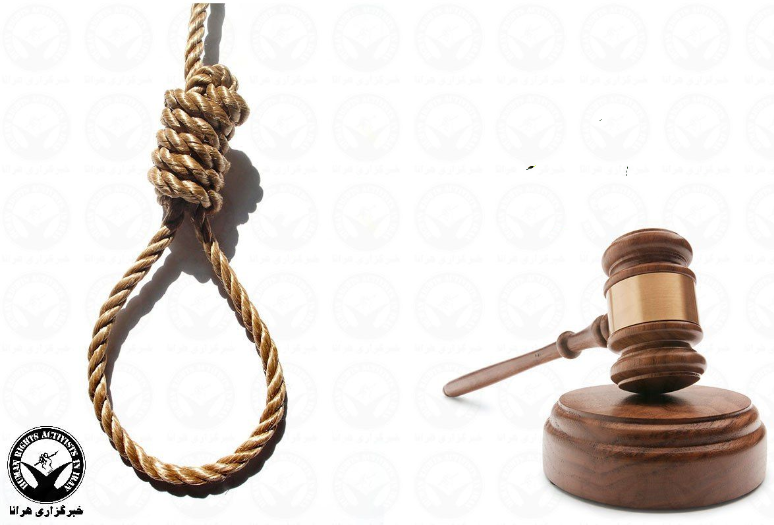On May 30, Shahin Mirkhani was executed in Shirvan Prison in North Khorasan Province.
According to HRANA, the news agency of Human Rights Activists, quoting Iran Human Rights (IHR), 40-year-old Mirkhani, son of Rasoul, was previously sentenced to death on drug-related charges.
Per the report, an informed source said, “Shahin Mirkhani was sentenced to death for carrying 420 kilograms of crystal meth stimulant, and on Sunday was executed in the backyard of Shirvan Prison.”
Iran ranks first in the world in citizen executions per-capita, according to international organizations. The Statistics and Publication Center of the Human Rights Activists in Iran (HRA) reported that between January 1st and December 20th of 2020, at least 236 citizens were executed. One of these citizens was executed publicly, and two were juvenile offenders. An additional 95 citizens were sentenced to death.
According to the report, more than 72% of executions in Iran are not reported by the government or the judiciary. Human rights organizations call these “secret executions.”
At the time of writing, Mirkhani’s execution has not been reported by domestic media or officials in Iran.














